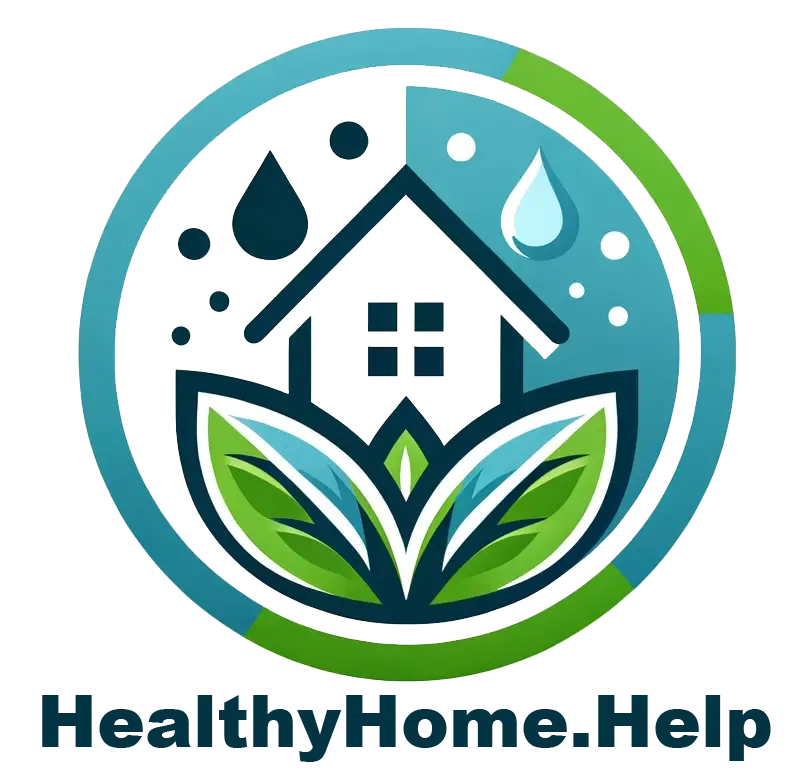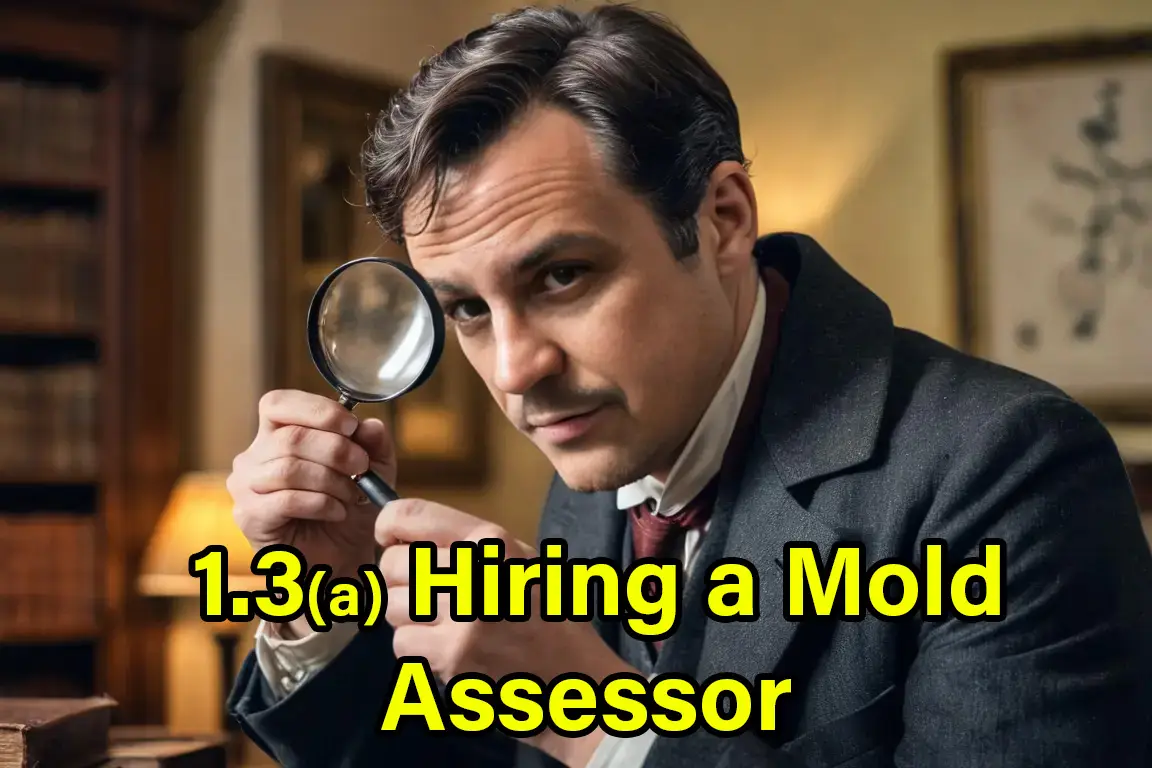Core Responsibilities of an Indoor Environmental Professional
The role of an IEP is crucial in ensuring the health and safety of indoor living spaces. IEP responsibilities often bridge the gap between identifying potential health hazards and providing actionable solutions to mitigate these risks. Here’s an outline of the important roles and responsibilities:
- Initial Consultation and Client Interview: Engage with clients to understand their concerns, symptoms, and any specific incidents that might have led to the suspicion of mold or other contaminants. This is an essential step in establishing a trust-based relationship and in gathering preliminary information to guide the assessment.
- Comprehensive Assessment and Inspection: Conduct thorough inspections of residential or commercial properties to identify the presence of mold, bacteria, and other environmental contaminants. This involves visual inspections and may also include the use of specialized equipment to measure moisture levels, collect air and surface samples, and assess ventilation and air quality.
- Sample Analysis and Interpretation: Work with accredited laboratories to analyze collected samples and interpret the results. Understanding the types and concentrations of mold spores or other contaminants present is key to determining the potential health risks and devising a remediation plan.
- Reporting and Recommendations: Prepare detailed reports that summarize findings, explain the health implications of identified contaminants, and provide recommendations for remediation and improvement. Reports should be clear, concise, and accessible, offering practical advice for addressing issues.
- Remediation Plan Development: Develop a remediation plan that outlines specific actions to remove or mitigate mold and other contaminants. This may involve suggesting professional remediation services or providing guidance for DIY approaches, depending on the situation’s severity and the client’s preferences.
- Guidance on Preventive Measures: Offer advice on how to prevent future mold growth and improve indoor air quality. This can include tips on maintaining proper ventilation, controlling humidity levels, and selecting materials resistant to mold growth.
- Education and Awareness: Educate clients on the health impacts of mold and other indoor environmental contaminants, especially for individuals with pre-existing health conditions. Providing information on how to maintain a healthier living environment is an integral part of your role.
- Post Remediation Verification: Depending on the case, follow-up inspections or testing might be necessary to ensure that remediation efforts have been successful, and that the indoor environment has been restored to a normal ecology.
- Staying Informed and Educated: Continually update knowledge on the latest research, tools, and techniques in the field of indoor environmental health. This is crucial for providing clients with the most effective and up-to-date advice.
- Collaboration with Other Professionals: Collaborate with healthcare providers, contractors, and other specialists to ensure a comprehensive approach to improving indoor environmental quality.
SUMMARY
Indoor Environmental Professionals not only addresses immediate health concerns but also contribute to the long-term well-being of clients by ensuring their living or working environments are ecologically healthy.

